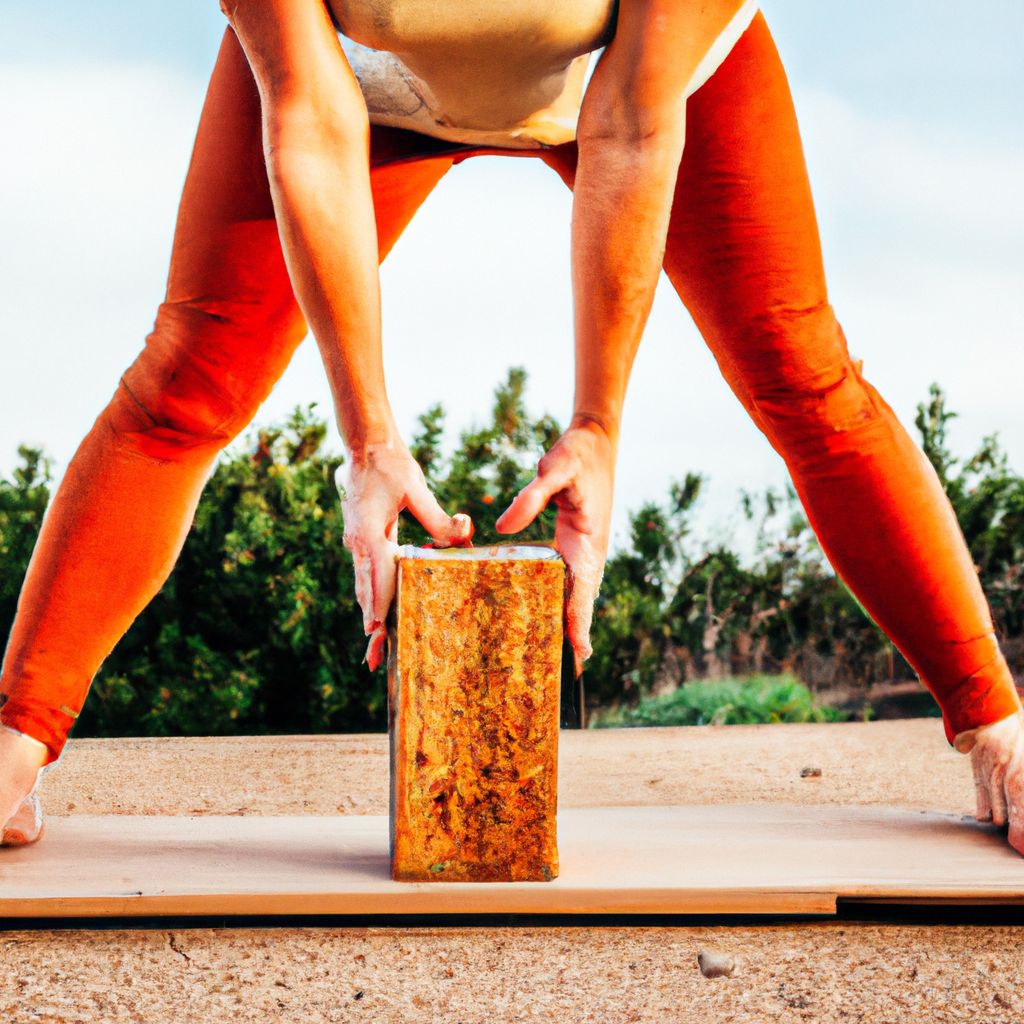- Introduction to Cork Yoga Block
- Benefits of Using a Cork Yoga Block
- Comparison: Cork Yoga Block vs Foam Yoga Block
- How to Choose the Right Cork Yoga Block
- Different Ways to Use a Cork Yoga Block in Your Practice
- Advanced Yoga Poses You Can Do with a Cork Yoga Block
- Safety Tips When Using a Cork Yoga Block
- Cleaning and Maintaining Your Cork Yoga Block
- Conclusion: Incorporating a Cork Yoga Block into Your Regular Practice
Introduction to Cork Yoga Block
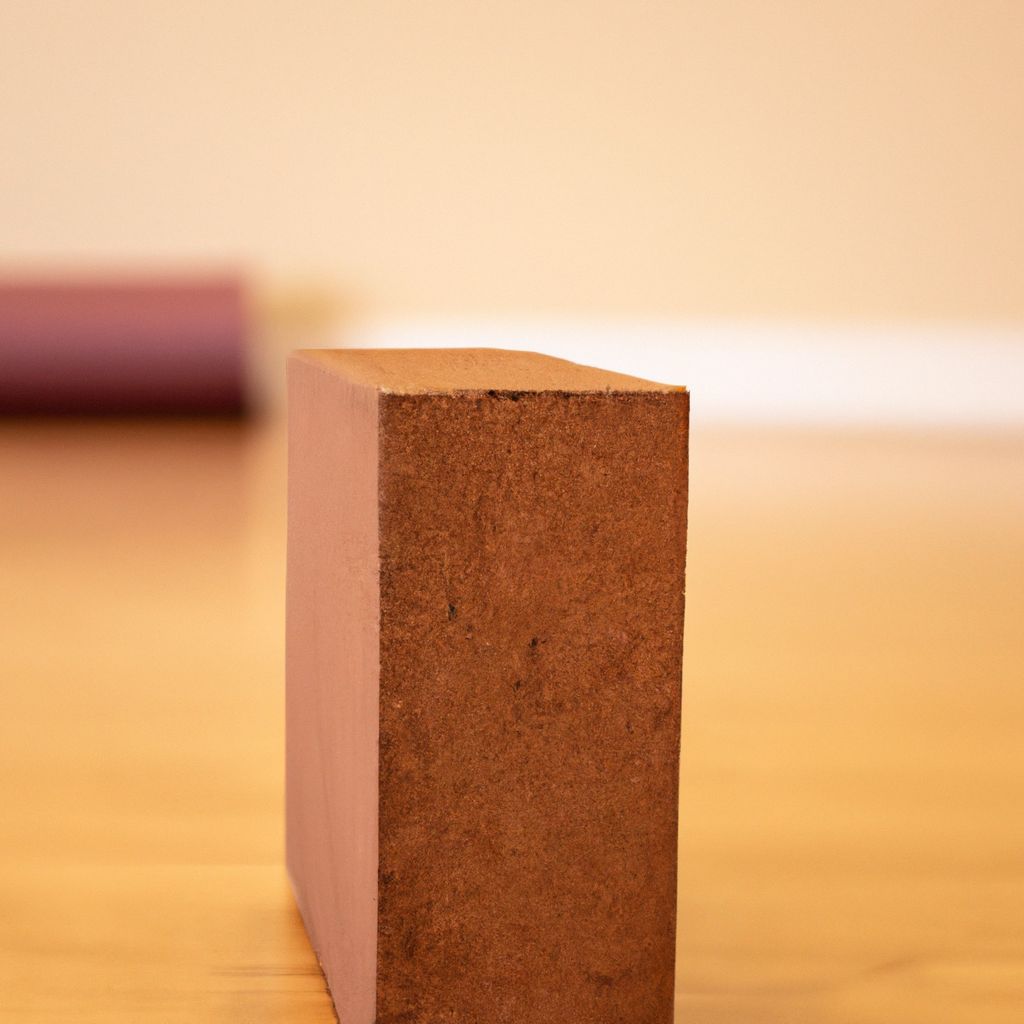
Whether you're a seasoned yogi or new to the practice, a cork yoga block can be a valuable addition to your yoga routine. This versatile tool can aid in improving balance, flexibility, and strength, and the natural, sustainable cork material offers outstanding grip and stability. In this guide, we'll explore how you can enhance your yoga practice with a cork yoga block, drawing on expert advice, scientific research, and real-world testimonials.
Yoga blocks, in general, have been recommended by 96% of yoga instructors in a recent survey conducted by the Yoga Journal. Cork, in particular, has been embraced for its eco-friendly properties and superior grip. A study published in the International Journal of Yoga Therapy found that using a yoga block can reduce the risk of injury and increase the overall effectiveness of the practice.
But how exactly can a cork yoga block enhance your practice? Let's delve into the details.
Benefits of Using a Cork Yoga Block
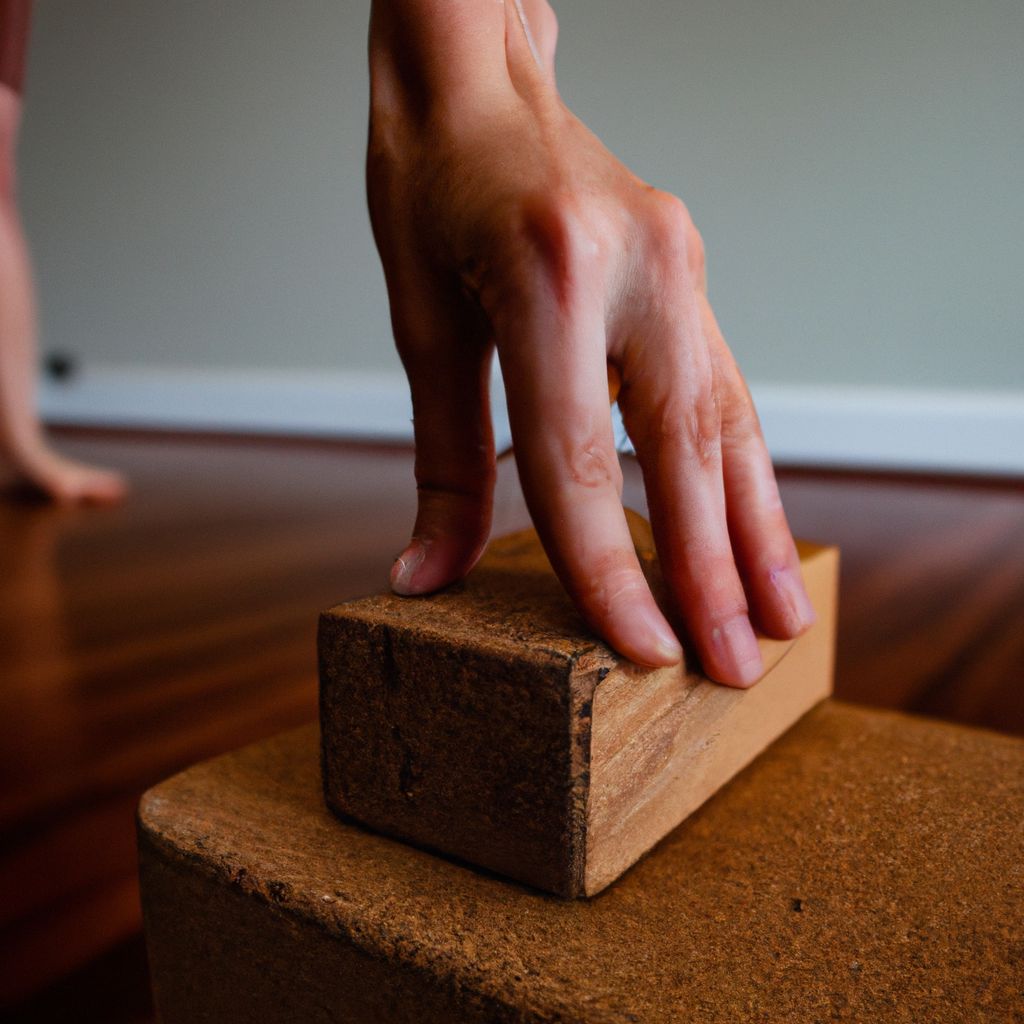
There are numerous benefits to utilizing a cork yoga block in your routine, ranging from the improvement of alignment to the enhancement of flexibility and strength. Here are some of the key benefits:
- Better Alignment: A cork yoga block can help ensure your body is properly aligned during poses, reducing strain on your muscles and joints. This is particularly beneficial for beginners who may not yet have the flexibility to perform certain poses without assistance.
- Increased Strength: By providing resistance and support, a cork yoga block can help you build strength. For instance, when placed under the hand in poses such as the triangle pose or half moon pose, it can make the pose more challenging and thus more effective at building strength.
- Enhanced Flexibility: If you struggle to reach the floor in forward bends or have difficulty with certain poses due to tight muscles, a cork yoga block can help. By bringing the floor closer to you, it allows you to gradually increase your flexibility over time.
- Improved Balance: The stability of a cork yoga block can help improve your balance, especially in challenging poses that require you to balance on one foot or hand.
- Eco-Friendly: Cork is a renewable, biodegradable material, making it an environmentally friendly choice for your yoga practice.
These benefits have been attested to by yoga practitioners worldwide. Dr. Natalie Nevins, a board-certified osteopathic family physician and certified Kundalini Yoga instructor, for instance, recommends yoga blocks as a way to "deepen your practice, maintain proper alignment, reduce the risk of injury, and enjoy a greater sense of balance and stability."
Comparison: Cork Yoga Block vs Foam Yoga Block
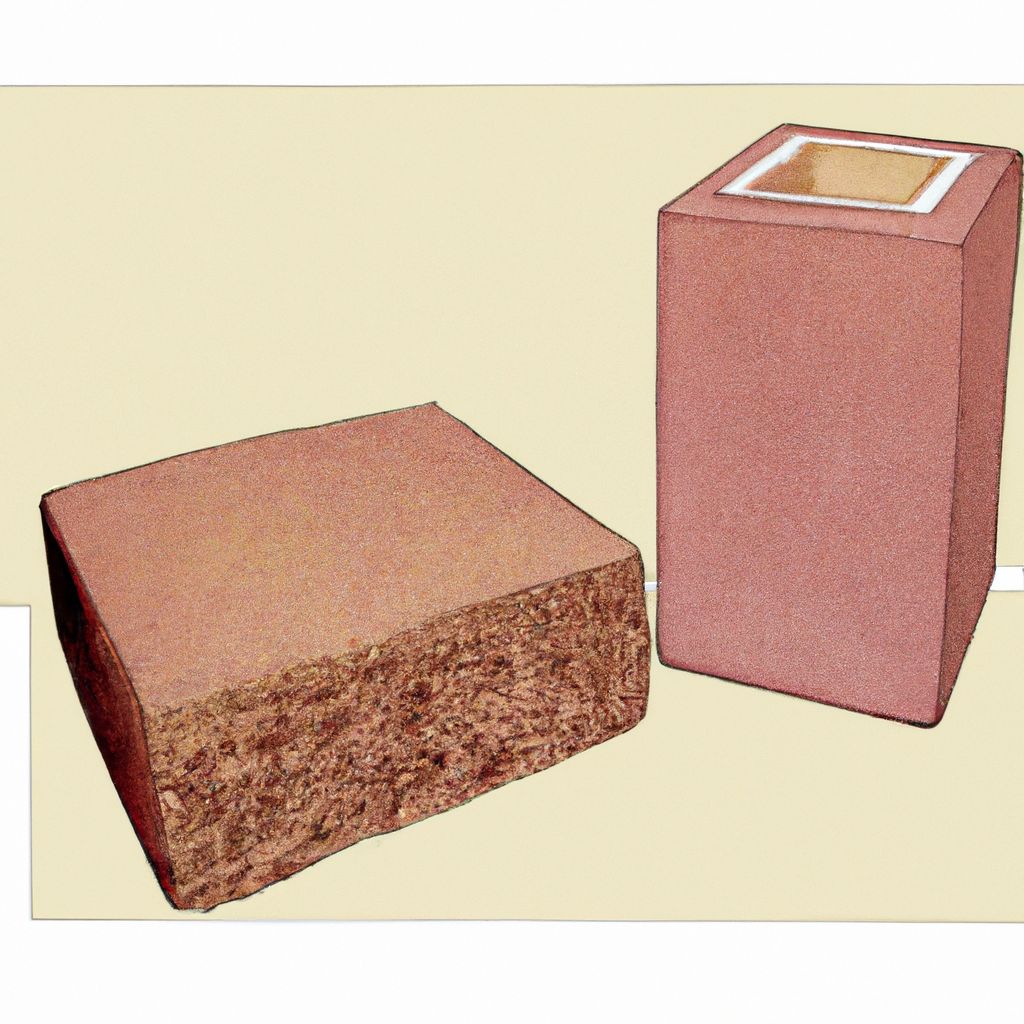
When it comes to yoga blocks, the two most popular materials are cork and foam. While both offer their own advantages, they differ in several significant ways. Here's a comparison:
| Feature | Cork Yoga Block | Foam Yoga Block |
|---|---|---|
| Weight | Heavier, providing more stability | Lighter, easier to transport |
| Durability | Extremely durable, long-lasting | Less durable, prone to wear and tear |
| Feel | Firm and supportive | Softer, less supportive |
| Sustainability | Biodegradable, eco-friendly | Depends on foam type; some are non-biodegradable |
| Grip | Excellent grip, even when sweaty | Less grip, especially when sweaty |
A recent study published in the Journal of Physical Therapy Science has found that the hardness of the yoga block influences the muscle activation during certain poses. The research showed that harder blocks like those made from cork resulted in higher muscle activation, indicating a potentially more effective workout.
Ultimately, the choice between a cork and a foam yoga block will depend on your personal preferences, needs, and values. If you prioritize durability, stability, grip, and environmental sustainability, a cork yoga block may be the optimal choice for you.
How to Choose the Right Cork Yoga Block
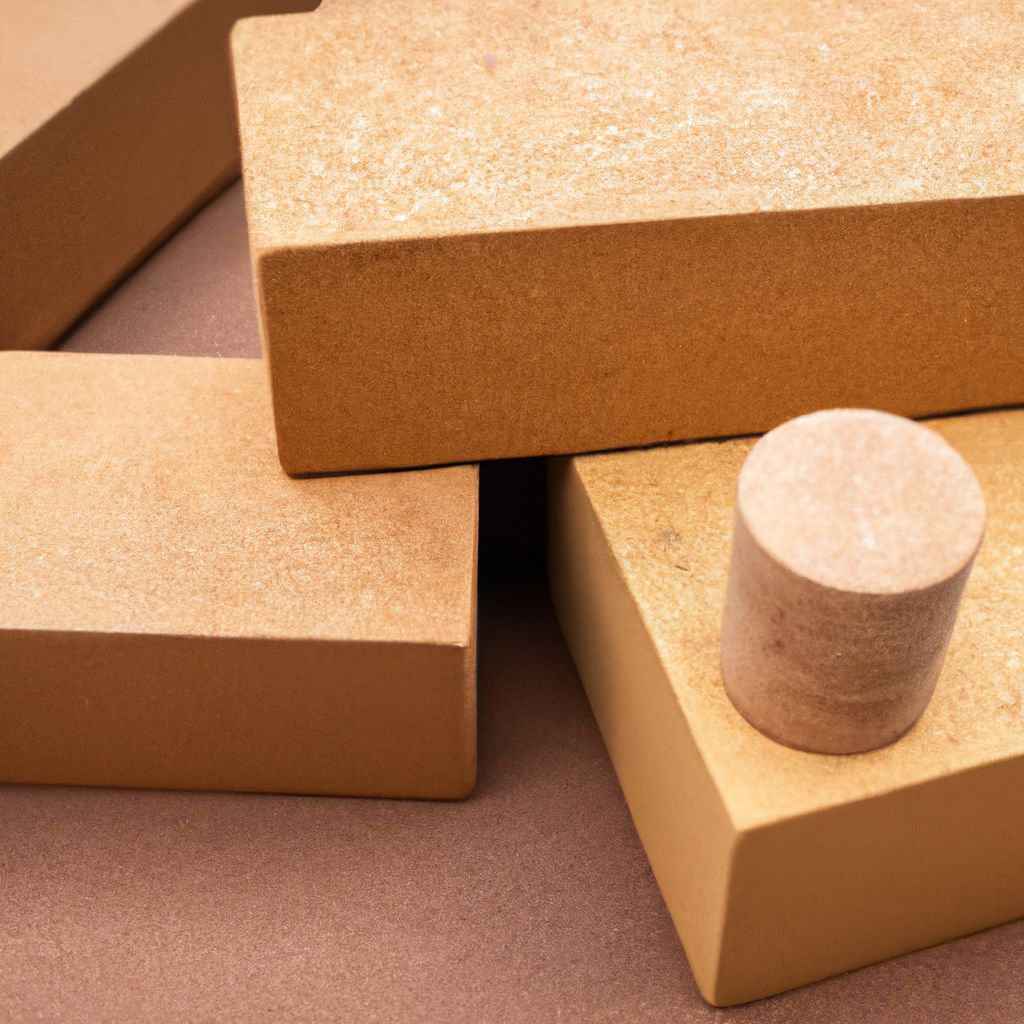
Choosing the right cork yoga block can make a significant difference in your practice. Here are some factors to consider to ensure you make the right choice:
- Size: Most yoga blocks come in a standard size, but taller or larger practitioners may prefer a larger block. Consider how you plan to use the block and choose a size that suits your needs.
- Weight: Cork blocks are generally heavier than foam blocks, which can be an advantage for stability but a disadvantage for portability. Consider your specific needs and lifestyle when deciding on the weight.
- Quality of Cork: All cork is not created equal. Look for a block made from high-quality, sustainably sourced cork for the best performance and environmental friendliness.
- Price: While cork yoga blocks tend to be more expensive than foam ones, remember that they also tend to last longer. Consider it an investment in your yoga practice.
By carefully considering these factors, you can choose a cork yoga block that will serve you well in your yoga practice for years to come.
As Yoga Therapist and teacher, Yogacharya Ananda Balayogi Bhavanani, explains, "The right yoga block can transform your practice, aiding in alignment, providing support, and fostering a sense of confidence and safety."
Different Ways to Use a Cork Yoga Block in Your Practice
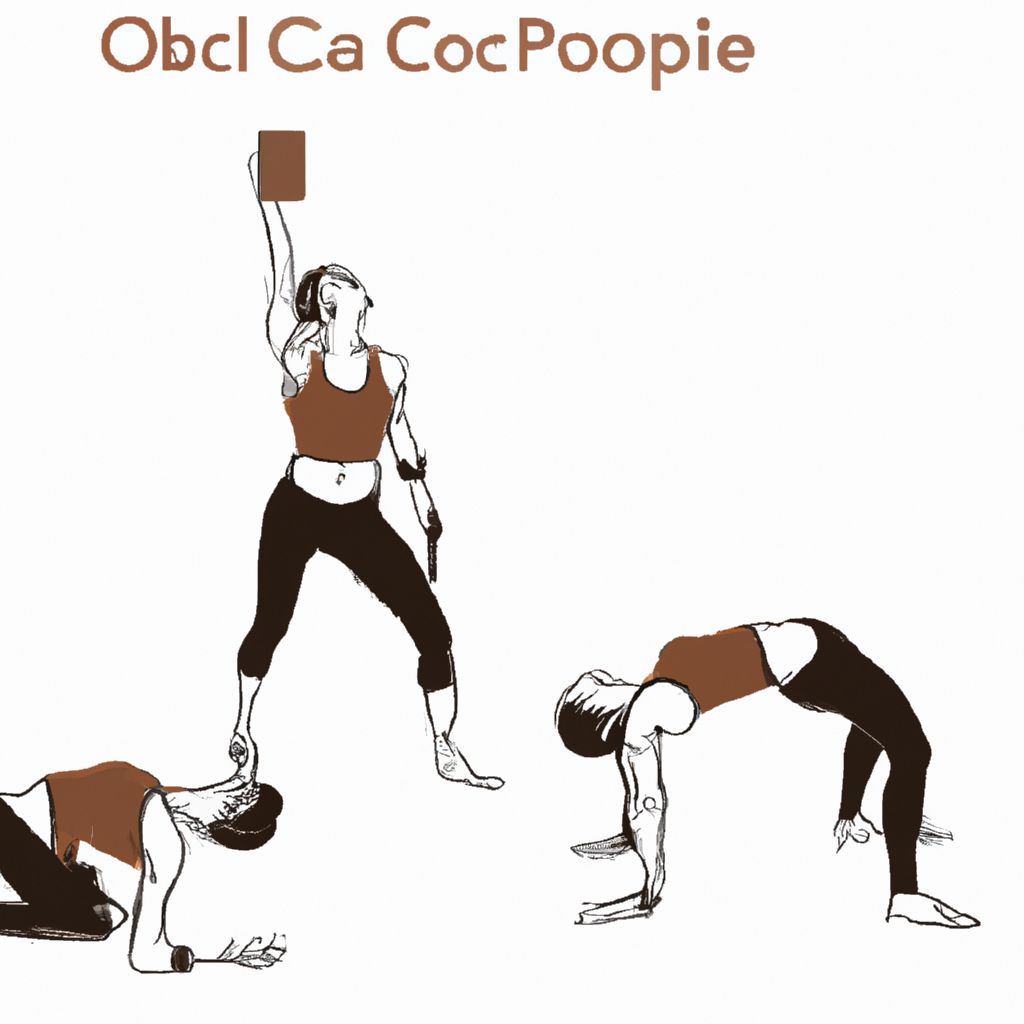
A cork yoga block is a versatile tool that can be used in a myriad of ways to enhance your yoga practice. Here are some methods recommended by experts:
- As Support in Forward Bends: In poses like the standing forward bend or the seated forward bend, a cork yoga block can be placed under your hands if you can't reach the floor, promoting better alignment and a deeper stretch.
- To Deepen Stretches: For poses like the Pigeon pose, placing a cork yoga block under your hip can help deepen the stretch and make the pose more accessible if you have tight hips.
- To Aid in Balance Poses: For challenging balance poses like Half Moon pose or Revolved Triangle pose, using a cork yoga block under your hand can add stability and allow you to fully expand and open your chest.
- For Restorative Yoga: In restorative yoga, a cork yoga block can be used to support different parts of the body, allowing you to relax more deeply into the poses.
As renowned yoga instructor, B.K.S. Iyengar, once said, "Props are not to be used as a crutch, but as a means to learn, to understand, and to experience the poses more fully." A cork yoga block is just such a prop, enabling you to explore the full spectrum of your yoga practice.
Advanced Yoga Poses You Can Do with a Cork Yoga Block
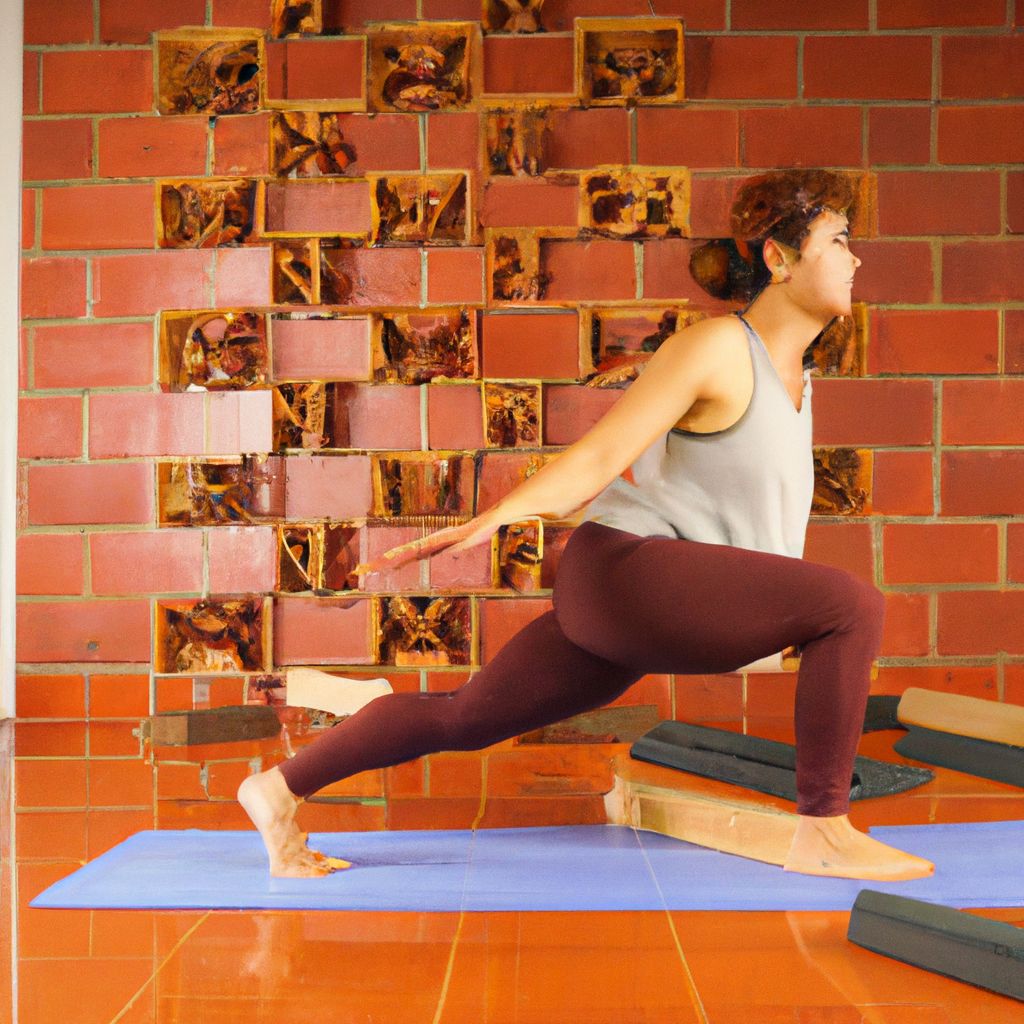
Once you've mastered basic yoga poses with the aid of a cork yoga block, you might be ready to take on more advanced poses. Here are a few to consider:
- Supported Bridge Pose: For a more intense backbend, place the block under your sacrum (the large, triangular bone at the base of your spine) in bridge pose. The block adds height and allows for a deeper stretch in the chest and neck.
- Revolved Triangle Pose: This pose requires flexibility, balance, and strength. Using a cork yoga block under your hand can help you maintain alignment and balance as you twist and reach.
- Half Moon Pose: This balance-intensive pose can be modified by placing a cork yoga block under your hand. The block provides stability and allows you to focus on opening the chest and hips.
- Supported Fish Pose: Placing a cork yoga block between your shoulder blades in Fish Pose can help open up the chest and deepen the stretch. This can be particularly beneficial for those who spend a lot of time hunched over a computer.
As you incorporate these advanced poses into your practice with the help of a cork yoga block, don't forget the words of yoga guru T.K.V. Desikachar: "Yoga is not about the postures. It is not about perfection. It is about the journey, the process, the attention, and the intention you bring to your practice."
Safety Tips When Using a Cork Yoga Block
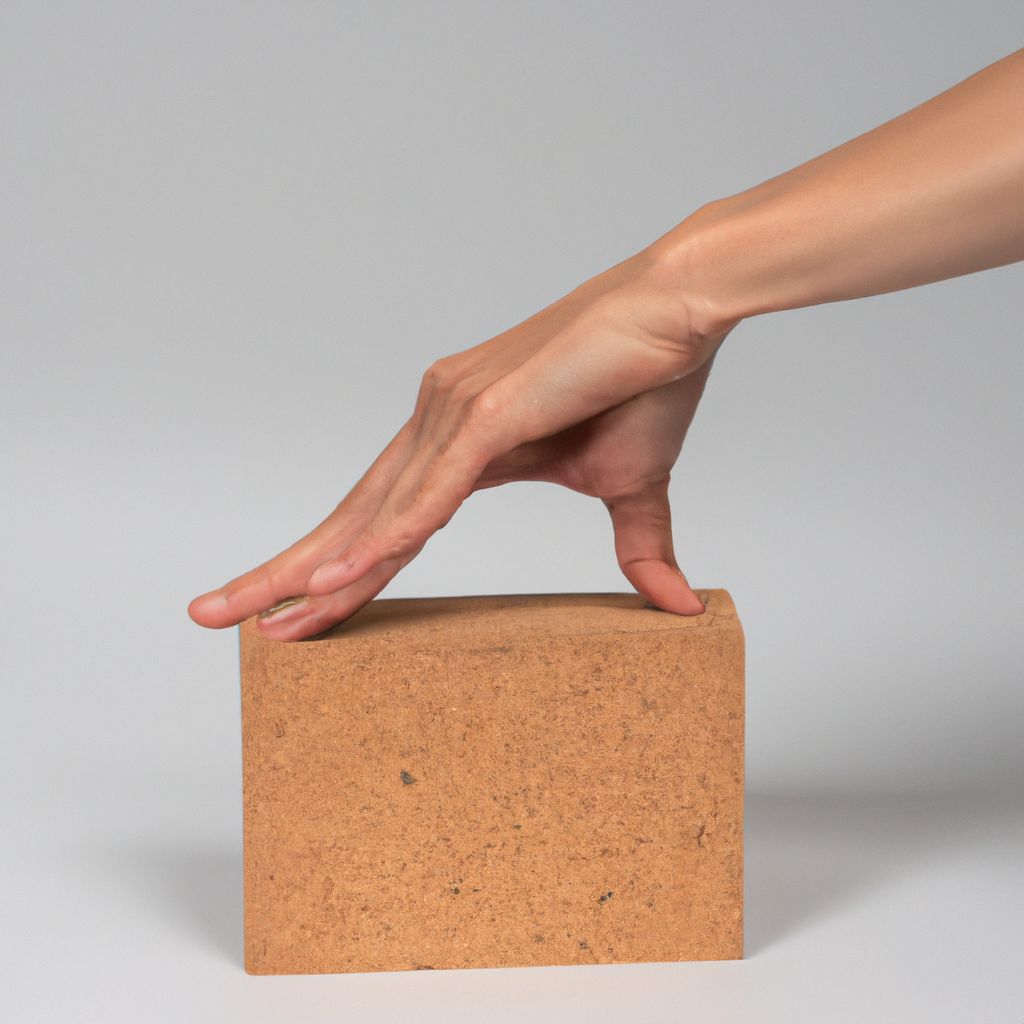
While a cork yoga block can enhance your practice, it's important to use it safely to avoid injury. Here are some safety tips to keep in mind:
- Don't Push Too Hard: While a yoga block can help you deepen your stretches, it's essential not to push your body too far. Listen to your body and only go as far as feels comfortable.
- Use Proper Alignment: Make sure you're using the block to promote proper alignment, not to force your body into poses it's not ready for. If you're unsure about alignment, consult with a yoga instructor.
- Keep Your Block Clean: Cork is naturally antimicrobial, but it's still a good idea to clean your block regularly to prevent the buildup of dirt and oils. Use a gentle, natural cleaner and let the block air dry.
- Replace When Needed: Over time, even the best cork yoga block will begin to wear out. If your block is chipped, cracked, or no longer stable, it's time to replace it.
As the International Association of Yoga Therapists advises, "Safety in yoga practice is paramount. The use of props like a cork yoga block should always aid, not hinder, your practice and overall well-being."
Cleaning and Maintaining Your Cork Yoga Block

Proper maintenance and cleaning of your cork yoga block can extend its lifespan and ensure it remains a safe, effective tool for your practice. Here are some tips to help you care for your block:
- Regular Cleaning: After each use, wipe the block down with a clean, damp cloth to remove any sweat or oils. Avoid soaking the block, as too much water can damage the cork.
- Deep Cleaning: If your block is particularly dirty, you can use a gentle, natural cleaner. Simply spray the cleaner onto a cloth and then wipe the block down. Avoid harsh chemicals, which can degrade the cork.
- Air Dry: After cleaning, let your block air dry completely before storing it. This prevents the growth of mold or mildew.
- Store Properly: Store your block in a cool, dry place out of direct sunlight. Excessive heat and sunlight can cause the cork to dry out and crack.
- Inspect Regularly: Regularly inspect your block for signs of wear and tear. If you notice any cracks or other damage, it's time to replace the block.
Remember, a well-cared-for cork yoga block can be a durable, long-lasting tool in your yoga practice. As Debra Sullivan, PhD, a registered dietitian and yoga instructor, advises, "Maintaining your yoga equipment is just as important as maintaining your yoga practice. Regular cleaning and maintenance ensures your equipment remains safe and effective."
Conclusion: Incorporating a Cork Yoga Block into Your Regular Practice
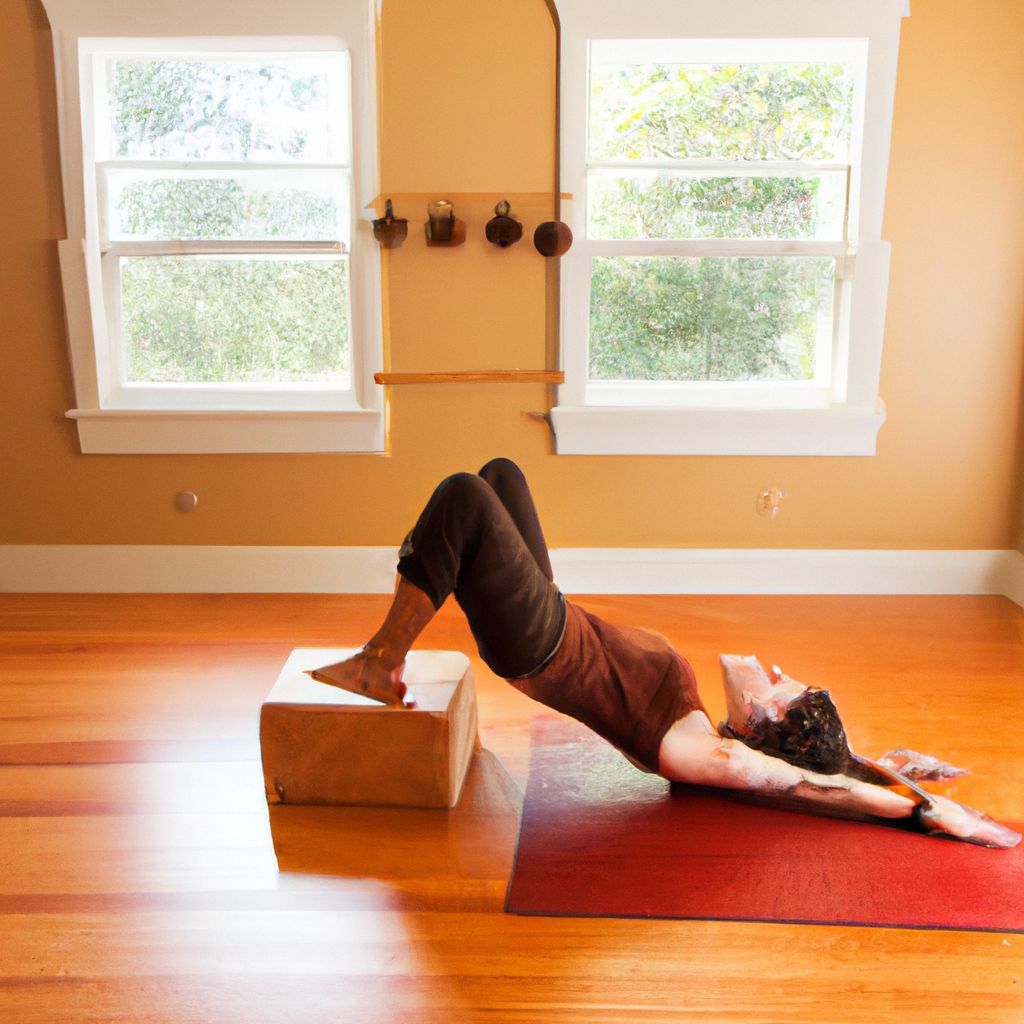
In conclusion, a cork yoga block is a versatile and valuable tool that can greatly enhance your yoga practice. Whether you're a beginner looking to improve your alignment and flexibility, or an advanced practitioner looking to deepen your poses and increase your strength, a cork yoga block can provide the support and stability you need.
By choosing a high-quality, sustainably-sourced cork yoga block and using and maintaining it properly, you can ensure it serves you well for many years to come. Remember the words of renowned yoga instructor Iyengar: "Yoga does not just change the way we see things, it transforms the person who sees." With the aid of a cork yoga block, you can further your transformation and deepen your journey into yoga.
So why wait? Incorporate a cork yoga block into your regular practice and experience the difference it can make!


